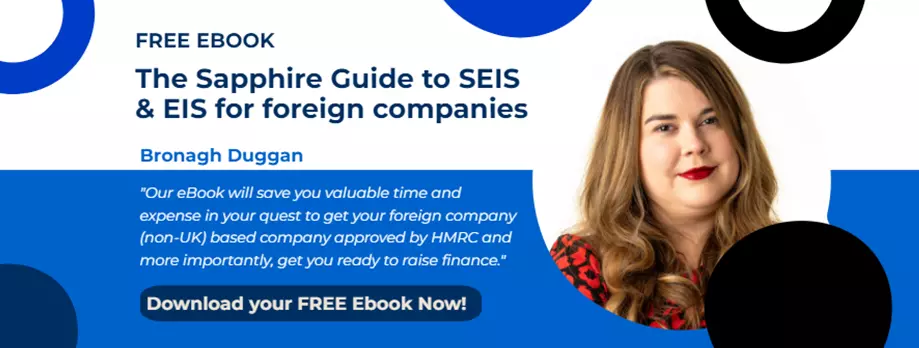Republic of Ireland early-stage companies looking to raise money to grow their businesses further often look to UK investors for capital. Many of these companies are unaware however that they qualify for EIS investment, which incentivises UK private investors to invest in their companies. EIS in the UK bears similarities to the “Employment and Investment Incentive Scheme” (EIIS) in the Republic of Ireland, although there are some differences that Irish companies should be aware of before considering seeking UK investment.
While both schemes have undergone changes on multiple occasions, we will look at the structure of the schemes presently. It is worth noting that the UK also operates SEIS for even earlier-stage companies, which has no Irish counterpart.
|
EIS |
EIIS |
|
|
Annual limit on investors |
£1m (or £2m if at least £1m is in KID companies) |
€250, 000 or €500,000 |
|
Minimum holding period |
3 years |
4 years (or 7 years if investing >€250,000) |
|
Income tax relief |
30% |
40% |
|
Other tax reliefs |
CGT free, IHT free, CGT deferral in some cases |
N/A (Note Irish CGT is 33% on any gains exceeding the personal allowance) |
|
Company limit |
£5m per year £12m over their lifetime |
€5m per year €15m over their lifetime |
Both schemes have similar restrictions in that the company must be high-risk, early-stage and have plans to invest the funds in growing the company. Further details on EIIS-qualifying companies can be found here, and details of EIS-qualifying companies can be found here. The application process differs significantly between the two schemes:
Companies can avail of EIIS in the Republic of Ireland by;
- Completing a self-assessment (within the year these investments occurred) and filling out a Return of Qualifying Investments in a Qualifying Company (RICT) document.
- The company must have spent 30% of the amount raised on a qualifying purpose and must complete the RICT return within 60 days of spending (and within 2 years of issuing the shares).
- This generates the SOQ (Statement of Qualification) for investors which can be used by the investors to apply for tax relief.
- Investors can also invest through a Revenue approved DIF – in this instance the DIF manager receives the SOQ and has 30 days to provide Revenue with certain details relating to the SOQ and the investors.
- This is set out in a Return of Information of Designated Investment Fund Return (‘DIF return’) which is uploaded via Revenue Online Services to generate a Manager’s Certificate, which is then distributed to investors by the Manager and can be used by the investors to apply for tax relief.
Companies can avail of EIS by;
- Applying for EIS advance assurance prior to receiving funds.
- Soon after receiving investment, companies are provided with an EIS3 document which they distribute to the investors.
- Investors who invested via a fund generally received an EIS3 document for each underlying company invested into by the fund, unless it is an ‘Approved EIS fund’ in which case a single EIS5 certificate is provided instead.
- The investor then provides details of the investments made while filling out their annual tax return.
It is very important to note that for the UK’s EIS schemes, Irish companies must have a UK presence to seek EIS funding; if you are unsure whether your company qualifies please feel free to contact Sapphire and we would be happy to discuss. Note also that with respect to the Irish EIIS, companies hoping to seek EIIS investment must be incorporated in an EEA State (which the UK is no longer a part of).
Ultimately, most companies able to avail of either EIIS or EIS investment should compare the schemes to decide which works best for their needs.
.jpg)


